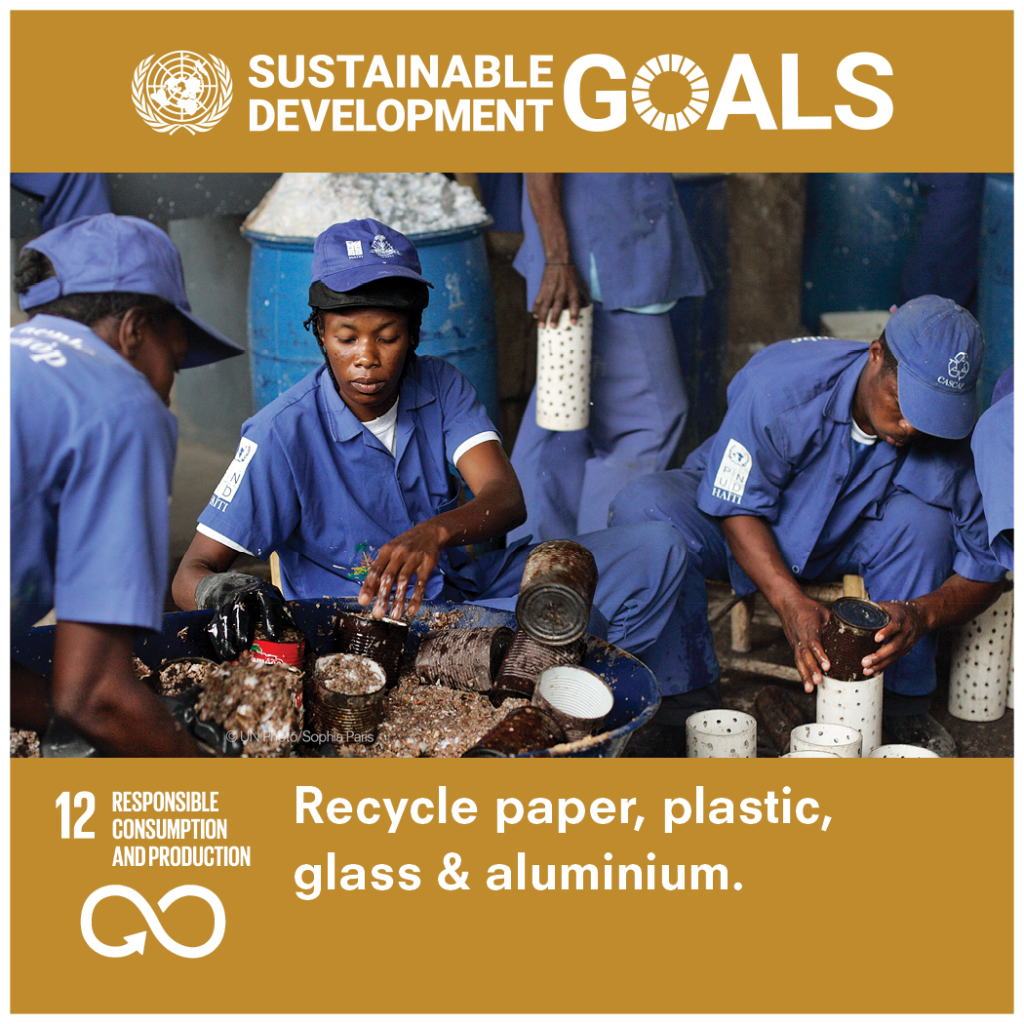Warm day – I managed to get a few coats on my decking today. Moved a few bits in the garden, did some weeding and now I’m ready to put another coat of Autumn Gold (or as it turns out bright orange) on my shed.
The coast road is still closed, so traffic was backed up outside my house all the way to the roundabout heading south as early as 3pm. Crazy.
Keeping an eye on the figures of infections in the USA things are looking bad. Currently the seven day moving average deaths is just over 600. But looking at the current jump in infections this looks like the rolling average deaths could rise to 2000 by the start of next month (with a new infection rate rising to 50,000 a day), and unless the trend is stopped will rise to 3000 by the middle of the month. What are the chances of the USA opting for a second lockdown? I think next to none.
I wonder if people remember the lack of PPE. Why can’t factories here make it? We can sew stuff. Remember the fuss when the government didn’t accept offers from UK industry. One of the important factors in producing PPE is to make sure it is free from bacteria and viruses. There are a number of ways to do this – but the most common is with material produced in nuclear reactors. Without that radioactive material there would be a massive gap in PPE production.
Tonight the SDG is number 12 “Responsible Consumption and Production” – to ensure sustainable consumption and production patterns.

The targets for this goal are:
- Implement the 10-year framework of programmes on sustainable consumption and production, all countries taking action, with developed countries taking the lead, taking into account the development and capabilities of developing countries
- By 2030, achieve the sustainable management and efficient use of natural resources
- By 2030, halve per capita global food waste at the retail and consumer levels and reduce food losses along production and supply chains, including post-harvest losses
- By 2020, achieve the environmentally sound management of chemicals and all wastes throughout their life cycle, in accordance with agreed international frameworks, and significantly reduce their release to air, water and soil in order to minimize their adverse impacts on human health and the environment
- By 2030, substantially reduce waste generation through prevention, reduction, recycling and reuse
- Encourage companies, especially large and transnational companies, to adopt sustainable practices and to integrate sustainability information into their reporting cycle
- Promote public procurement practices that are sustainable, in accordance with national policies and priorities
- By 2030, ensure that people everywhere have the relevant information and awareness for sustainable development and lifestyles in harmony with nature
- Support developing countries to strengthen their scientific and technological capacity to move towards more sustainable patterns of consumption and production
- Develop and implement tools to monitor sustainable development impacts for sustainable tourism that creates jobs and promotes local culture and products
- Rationalize inefficient fossil-fuel subsidies that encourage wasteful consumption by removing market distortions, in accordance with national circumstances, including by restructuring taxation and phasing out those harmful subsidies, where they exist, to reflect their environmental impacts, taking fully into account the specific needs and conditions of developing countries and minimizing the possible adverse impacts on their development in a manner that protects the poor and the affected communities
There are around 2 billion people that go hungry or malnourished – and for each of them there is over 500 kg of food wasted every year. At the other end of the scale there are 2 billion overweight people (me included).
This is another goal where the trend is heading in the wrong direction, consumption has risen 250% since 1970, in the last few years it still went up over 5%. Since 1990 the consumption per person has risen 50%.
The idea of this goal is to do more and better with less. Yes we should reuse and recycle, but there is a lot more we need to do – we really need to think hard about what will happen to items at the end of life before we buy them. I now have plain wooden pencils that I use instead of pens wherever possible. This is part of “life cycle thinking“. You can sign up to this UN EP initiative as an individual or as a company here. To give you an idea of how this is working you can read about hoe the European plastic industry or the world steel industry are adopting the concept.
On a practical level I heard today of people in the UK that are having trouble getting food. One thing we can all do is to support a food bank.
